Kegel Therapy Exercise : Everything You Need to Know in Malaysia
Table of Contents
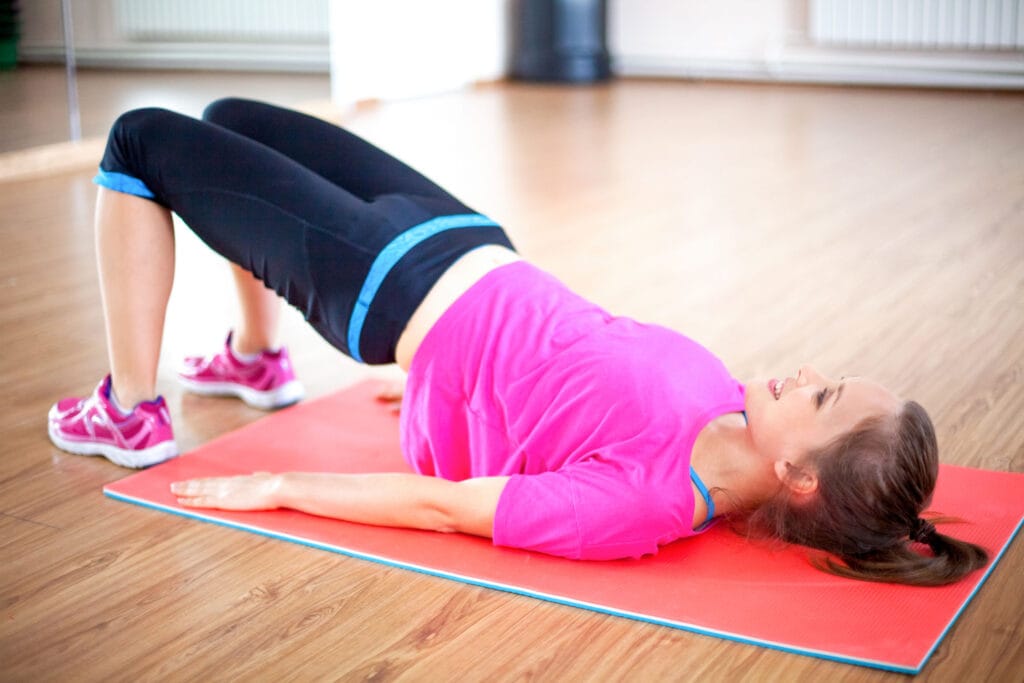
Kegel therapy exercises offer Malaysians an effective way to enhance pelvic health, bladder control, and sexual satisfaction. By regularly contracting and relaxing your pelvic floor muscles, you can manage urinary incontinence, support pelvic organs, and improve overall sexual function. Identify these muscles by stopping urine midstream. Practice squeezing and holding for 3-5 seconds, gradually increasing to three sets of 10-15 repetitions daily. Consult a healthcare professional for personalized guidance to maximize benefits and ensure proper technique. Stay informed to deepen your understanding and optimize your Kegel exercise routine.
Understanding Kegel Therapy
Kegel therapy, a targeted exercise regimen, is designed to strengthen the muscles supporting your pelvic organs, enhancing bladder control and overall pelvic health. Understanding how this therapy works starts with muscle identification. The pelvic floor muscles, often overlooked, play a crucial role in supporting organs like the bladder, uterus, and rectum. For you to effectively perform Kegel exercises, accurately identifying these muscles is essential.
One simple way to locate these muscles is by trying to stop your urine flow mid-stream; the muscles you engage are the ones you need to strengthen. Once identified, you can perform Kegel exercises anytime and anywhere, making it a highly convenient form of therapy.
The benefits of Kegel therapy are multifaceted. Consistent practice can lead to better muscle tone, enhancing your ability to control urinary flow and reducing the risk of urinary incontinence. Additionally, stronger pelvic floor muscles contribute to improved sexual satisfaction and overall pelvic health.
For both men and women, this non-invasive, discreet therapy offers a proactive approach to maintaining and improving pelvic floor strength.
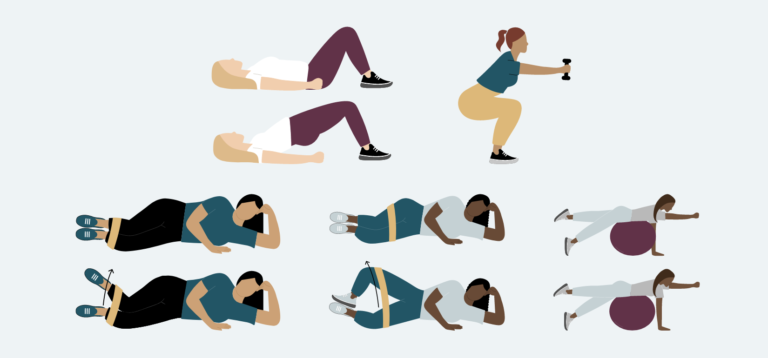
Benefits of Kegel Exercises
Recognizing the significant role of pelvic floor muscles, let’s explore how regular Kegel exercises offer substantial benefits for bladder control, sexual health, and overall pelvic well-being.
Strengthening your pelvic floor muscles can lead to remarkable health benefits, especially in managing and preventing urinary incontinence. By enhancing bladder control, Kegel exercises help you prevent urine leakage during and after pregnancy, a common concern for many women.
Incorporating Kegel exercises into your routine also supports pelvic organs, which can lead to significant physical improvements. For instance, these exercises can improve labor outcomes and promote faster healing of the perineum after childbirth. Beyond reproductive health, Kegels can enhance your sexual response, increasing pleasure and satisfaction during intimate moments.
Additionally, regular Kegel exercises can help manage urinary urgency effectively, thereby reducing the risk of falls due to rushing to the bathroom. By consistently practicing Kegels, you’ll notice lasting improvements in pelvic floor muscle strength, contributing to overall pelvic health and well-being.
These exercises are a simple, non-invasive way to achieve significant health benefits, making them an essential component of your daily health regimen.
Identifying Pelvic Floor Muscles
To effectively strengthen your pelvic floor, you first need to identify the specific muscles involved by attempting to stop your urine midstream or contracting the muscles you’d use to prevent passing gas. These techniques help you pinpoint the pelvic floor muscles located between your tailbone and pubic bone. Proper muscle activation is crucial for performing Kegel exercises correctly and reaping their full benefits.
Once you’ve identified these muscles, focus on contracting them without engaging surrounding muscles, such as those in your abdomen, thighs, or buttocks. This ensures you’re using the correct technique, which is essential for strengthening the pelvic floor. Practicing this isolation can take some time, but it’s imperative for effective Kegel exercises.
Consistent and accurate muscle activation during these exercises will enhance muscle tone and improve bladder control. By mastering the correct technique, you can ensure that each contraction targets the pelvic floor muscles precisely, leading to better control over urinary functions and overall pelvic health.
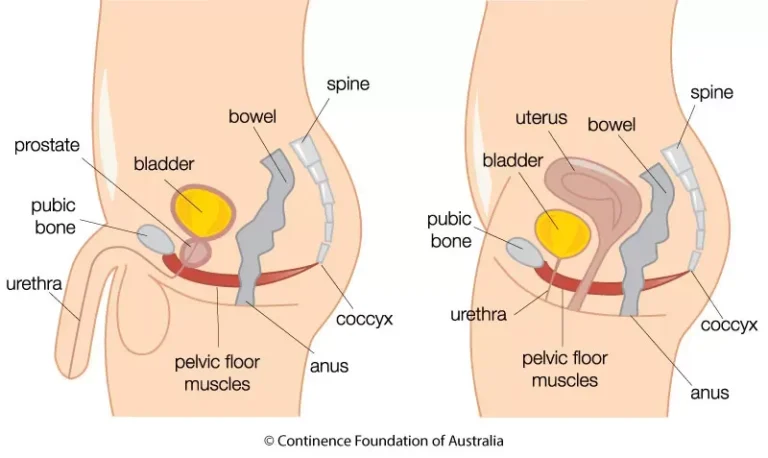
Causes of Pelvic Floor Issues
A variety of factors such as age, childbirth, obesity, menopause, and long-term constipation can lead to the relaxation of pelvic floor muscles, significantly impacting your quality of life. Age-related changes naturally weaken these muscles over time.
Postpartum women often experience substantial pelvic floor issues due to the strain of childbirth. Obesity-related causes also contribute, as excess weight increases pressure on the pelvic floor. Menopause-induced relaxation further exacerbates the weakening of these muscles due to hormonal changes.
Long-term constipation effects can strain your pelvic muscles, making bladder control more challenging and potentially reducing sexual pleasure. Both men and women can suffer from these issues, which often manifest as frequent urination, leakage, and urgency. These symptoms can be distressing and affect daily activities, making it crucial to address the underlying causes.
Consulting healthcare professionals for personalized guidance is essential. They can provide evidence-based strategies to manage these issues effectively. Understanding the root causes helps you take proactive steps to improve your pelvic health, such as lifestyle adjustments and targeted therapies.
How to Perform Kegel Exercises
When starting Kegel exercises, focus on identifying your pelvic floor muscles by stopping urination midstream. This action helps you locate the correct muscles to engage during Kegels. Once identified, practice proper form by contracting these muscles without involving your abdomen, thighs, or buttocks.
To begin, squeeze and hold your pelvic floor muscles for three to five seconds, then relax for an equal amount of time. Aim for three sets of 10-15 repetitions daily. Consistency in frequency is crucial for achieving optimal results.
Incorporate these exercises into your routine by performing them while sitting, standing, or lying down, allowing you to practice discreetly anytime, anywhere.
As your strength improves, consider progression by gradually increasing the hold duration to 10 seconds. Variations can also enhance your regimen; try quick, strong contractions followed by immediate relaxation or alternating between long and short holds.
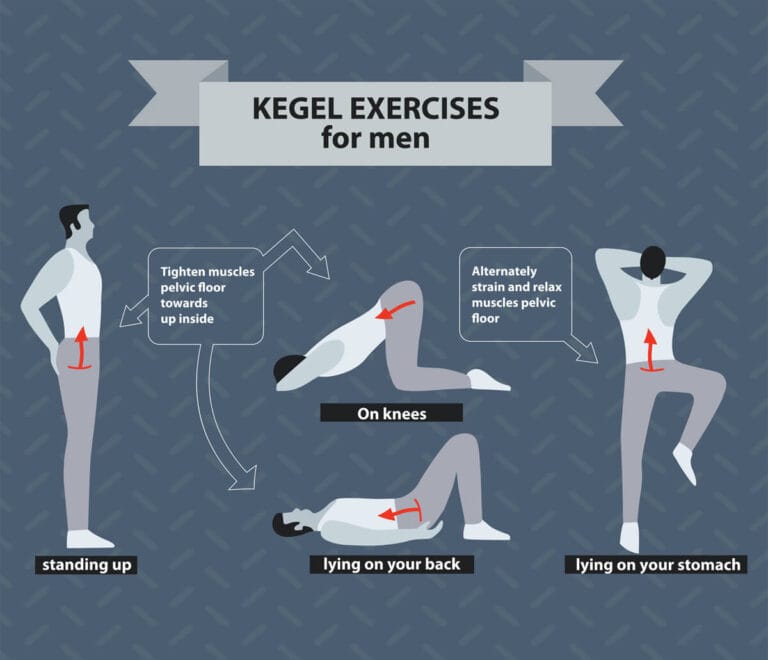
Kegel Exercises for Men
Many men can benefit from incorporating Kegel exercises into their daily routines to strengthen pelvic floor muscles and improve urinary and sexual health. These exercises specifically target the muscles that support your bladder and bowel, helping to manage overactive bladder and prevent incontinence. By regularly performing Kegels, you can enhance your control over bladder and bowel functions, which can be particularly beneficial for men dealing with prostate health issues.
Kegel exercises also play a role in improving male fertility and sexual performance. Strengthening the pelvic floor muscles can lead to better erectile function and increased control over ejaculation. For men concerned with prostate health, consistent Kegel practice may provide additional support by improving pelvic muscle tone and function, potentially alleviating symptoms associated with prostate enlargement or surgery.
To optimize the benefits, incorporate various types of Kegel exercises, such as strength, perseverance, and resistance routines, into your daily regimen.
It’s crucial to seek guidance from a physiotherapist to ensure you’re performing the exercises correctly. With consistent practice and proper technique, Kegel exercises can offer long-term benefits for your urinary, sexual, and overall pelvic health.
Common Misconceptions
Despite the clear benefits of Kegel exercises for both men and women, several misconceptions persist that can hinder individuals from fully embracing this effective therapy. One of the most prevalent gender myths is that Kegel exercises are exclusively for women. In reality, men can greatly benefit from strengthening their pelvic floor muscles, improving bladder control, and enhancing sexual function.
Another common misconception is that Kegel exercises are only for postpartum women. This age misconception overlooks the fact that individuals of all ages and genders can gain from these exercises. Whether you’re young, middle-aged, or elderly, Kegel exercises can contribute to better pelvic health and quality of life.
Some people mistakenly believe that Kegel exercises are solely for treating urinary incontinence. While they’re effective for this condition, they also offer significant benefits for sexual health and overall pelvic stability. Additionally, many think that Kegel exercises are difficult to perform. However, with proper guidance and consistent practice, you can easily incorporate them into your daily routine.
Lastly, it’s a misconception that Kegel exercises don’t yield significant results. Consistent practice can lead to noticeable improvements in bladder control, sexual satisfaction, and pelvic floor strength. Don’t let these misconceptions deter you from reaping the full benefits of Kegel therapy.
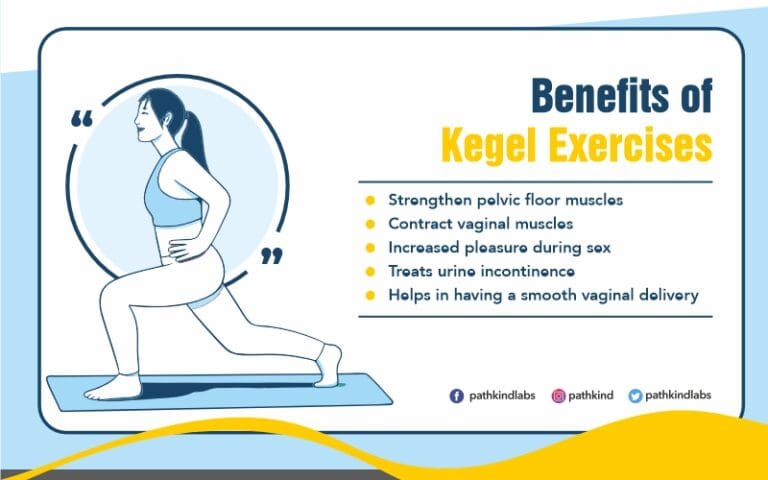
Professional Guidance
To achieve the best results from Kegel therapy, it’s essential to seek professional guidance from healthcare experts. Consulting with doctors, continence physiotherapists, or nurse advisors ensures you receive expert recommendations and personalized solutions tailored to your specific needs. These professionals can accurately assess your pelvic floor muscle function and provide targeted Kegel exercises to address any dysfunction.
Professional guidance is crucial for managing incontinence effectively. Regular consultations allow healthcare experts to monitor your progress, adjusting your exercise routine as needed to optimize outcomes. By following tailored guidance, you can ensure that your efforts are both safe and effective, reducing the risk of injury and enhancing the benefits of Kegel therapy.
Healthcare professionals will recommend specific exercises, techniques, and routines that align with your individual requirements. Their expert advice ensures that you’re performing the exercises correctly, maximizing their effectiveness in improving bladder control and overall pelvic health. By receiving personalized solutions, you can confidently work towards better pelvic floor strength and function.
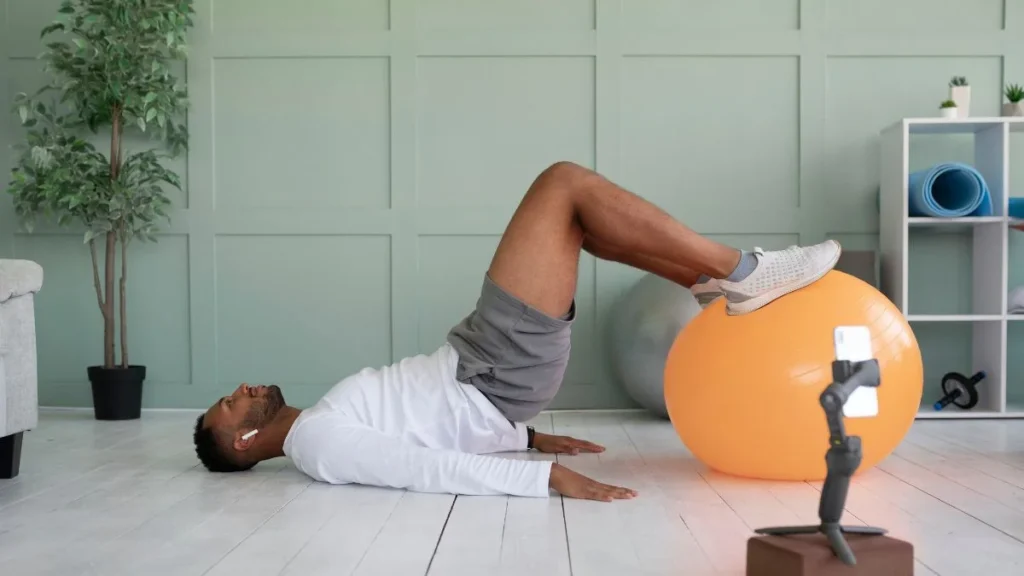
Conclusion
By incorporating Kegel exercises into your daily routine, you’ll strengthen your pelvic floor muscles and improve your overall health. Don’t let misconceptions deter you; these exercises are beneficial for both men and women.
Identify the right muscles, follow proper techniques, and consider seeking professional guidance if needed. With consistent effort and evidence-based practice, you’ll experience significant improvements in your pelvic health and quality of life.
Remember, your well-being is in your hands.
Take control of your pelvic health today! Strengthen and restore comfort with professional Kegel therapy and find them at kliniknearme.com.my. Don’t wait—your well-being is in your hands!

FAQ
Frequently Asked Questions
For Kegel exercises, focus on your pelvic floor. Contract these muscles for a few seconds, then relax. Repeat several times daily.
Regular practice boosts muscle control, preventing urine leakage and enhancing pelvic health. Pregnant women and those with pelvic issues greatly benefit.
Ensure proper technique and consistency for the best results. Consult a healthcare provider for personalized guidance to maximize the exercise’s effectiveness.
The 4 3 2 method for Kegel exercises involves contracting your pelvic floor muscles for 4 seconds, then relaxing them for 3 seconds. Repeat this cycle 10 times, multiple times a day.
Incorporate breathing techniques to enhance effectiveness. Ensure muscle relaxation during the rest period.
This evidence-based approach helps strengthen pelvic muscles and improve bladder control, providing a simple yet effective routine for daily practice.
To do Kegel exercises correctly, first, identify the right muscles by stopping your urine flow midstream.
Maintain proper posture—sit or lie down comfortably. Tighten your pelvic floor muscles for three to five seconds, then relax for the same duration. Breathe normally; avoid holding your breath.
Repeat this 10-30 times daily. Consistency is crucial for effective results.
Incorporate these into your routine for convenience and improved pelvic health.
Yes, it’s generally safe to do Kegel exercises every day. Daily practice can improve bladder control and prevent urinary incontinence. However, be mindful of frequency recommendations to avoid muscle fatigue.
Consistency is key, but don’t overdo it. Listen to your body and ensure you’re including rest periods.
Aim for a balanced routine with a set number of repetitions for optimal muscle tone and control.
